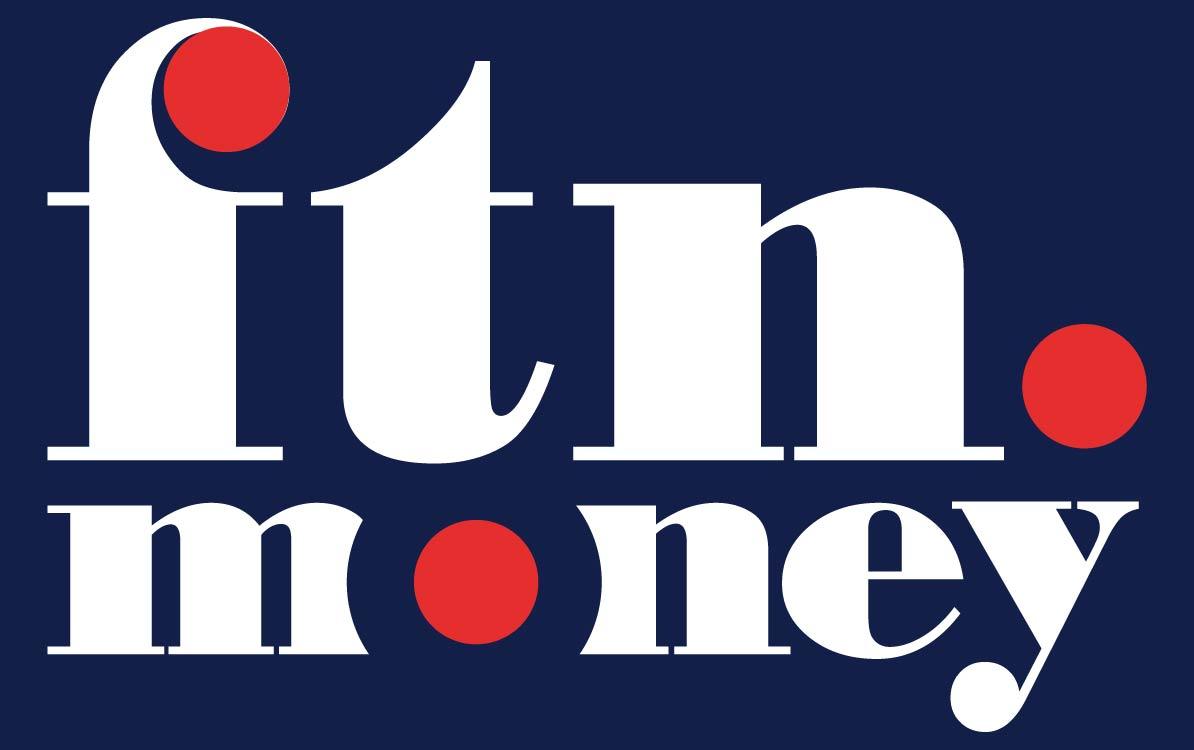The rise of Electronic Money Institutions (EMIs) has reshaped digital payments, offering fast, low-cost alternatives to traditional banking services. But can these fintech innovators truly operate independently, or do they remain tethered to the infrastructure of traditional banks? This article explores the regulatory, operational, and technological factors influencing the long-term viability of EMIs—and whether full autonomy is possible.

What Are EMIs and How Do They Work?
Electronic Money Institutions (EMIs) are regulated financial entities authorised to issue electronic money—digital equivalents of cash—typically stored in mobile wallets or on prepaid cards. Unlike traditional banks, EMIs cannot offer credit or interest-bearing deposits. Instead, they provide:
- Digital wallet services
- Prepaid debit cards (e.g. Revolut, Wise)
Payment processing and cross-border remittances
Regulatory Definitions:
- United Kingdom (FCA): EMIs are licensed to issue e-money and offer payment services, but are prohibited from accepting deposits or engaging in lending activities (FCA Handbook).
- European Union (MiCA): Under the Markets in Crypto-Assets Regulation, EMIs are subject to stricter AML, operational, and transparency requirements (MiCA Regulation).
A key distinction: EMIs must safeguard 100% of customer funds, typically in segregated accounts or via insurance mechanisms. Banks, by contrast, use fractional reserve banking, lending out a portion of customer deposits.

How Are Banks Different from EMIs?
| Feature | EMIs | Banks |
| Licence Type | EMI/PI Licence (FCA, EBA) | Full Banking Licence (PRA + FCA) |
| Capital Requirements | Lower (€350k+ under EU EMD) | Higher (€5M+ under CRR) |
| Lending | Not permitted | Core business function |
| Deposit Protection | No FSCS guarantee | Up to £85,000 protected (FSCS) |
| Central Bank Access | No access to BoE/ECB liquidity | Full access |
Key Regulatory Distinctions:
- Banks are dual-regulated by the PRA and FCA in the UK, while EMIs typically fall under a single regulatory body.
- EMIs are required to safeguard client funds and cannot utilise them for lending, limiting revenue generation opportunities.
📌 Explore the FCA EMI Register and the UK banking licence framework.

Do EMIs Rely on Banks? The Infrastructure Question
Despite their digital-first DNA, EMIs remain heavily reliant on traditional banks for core infrastructure. Dependencies include:
- Safeguarding accounts: Customer funds are usually stored with licensed banks (e.g. Barclays, Deutsche Bank).
- Payment rails: EMIs rely on interbank networks like Bacs, CHAPS, SEPA, and SWIFT—all controlled by the banking sector.
- Foreign exchange settlement: Most FX transactions still rely on correspondent banking relationships.
Case Studies:
- Wirecard (2020): The collapse of Wirecard Bank disrupted operations for numerous EMIs dependent on it for card issuance and payment processing.
- Railsr (2022): Faced near-insolvency after the loss of key banking partners, raising industry-wide concerns about BaaS resilience (Financial Times).
⚠️ Regulatory Warning:
“EMIs’ reliance on traditional banking infrastructure introduces systemic and operational risks.” — European Banking Authority, 2021

Can EMIs Ever Be Fully Independent?
While the current EMI model remains intertwined with banks, several emerging trends suggest a shift toward greater autonomy:
1. EMIs Transitioning Into Banks
- Revolut obtained a UK banking licence in 2022, expanding beyond EMI status.
- Wise introduced interest-bearing accounts by partnering with regulated banks.
2. Banking-as-a-Service (BaaS)
- EMIs embed core banking features via APIs from licensed institutions (e.g. Solarisbank, ClearBank, Railsbank), blurring the lines between bank and fintech.
3. Decentralised Finance (DeFi) & Stablecoins
- Blockchain-based alternatives such as USDC or DAI offer payment rails that bypass legacy banking entirely.
- Still in early stages, but the regulatory and technical frameworks are evolving fast.
📊 Growth Data:
- UK: Over 250 authorised EMIs in 2024, a 40% increase since 2020 (FCA Data).
- EU: EMI-facilitated transactions reached €1.2 trillion in 2023 (Eurostat).

Conclusion: Interdependence or Inevitable Independence?
EMIs have revolutionised access to digital financial services, delivering innovation, speed, and cost-efficiency. But beneath their sleek UX and nimble technology lies an undeniable dependence on the very banking infrastructure they were meant to disrupt.
While regulatory developments, DeFi rails, and BaaS platforms offer a roadmap toward independence, true autonomy may require structural changes to how payments, settlements, and liquidity are managed globally.
For now, EMIs and banks are more symbiotic than competitive—but that balance may shift as technology, regulation, and consumer expectations continue to evolve.
Sources and References
- FCA – Electronic Money Institutions
- Bank of England – Banking Licence Guide
- EBA Report on EMIs
- MiCA Regulation
- Eurostat – Digital Economy and Society
- Financial Times – Railsr Coverage



